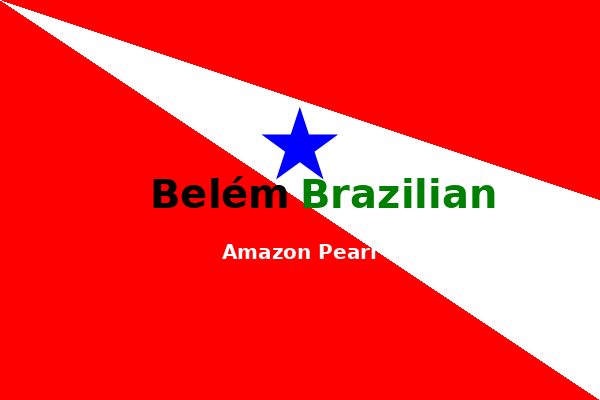Grão-Pará: The World's Largest Protected Tropical Forest and the Challenge of Enforcement
Hidden deep in the northern region of the Brazilian Amazon lies the Grão-Pará Ecological Station, the largest protected area of tropical forest on Earth. Spanning over 4.2 million hectares, this vast expanse of untouched rainforest in the state of Pará is a cornerstone of Brazil’s environmental heritage and a critical buffer against climate change.

Established in 2006, Grão-Pará serves as a sanctuary for countless species and plays a vital role in the regulation of rainfall, carbon storage, and biodiversity conservation. Unlike other conservation units, it is classified as a “strict protection” area, meaning human interference is highly restricted — there are no towns, farms, or commercial exploitation within its boundaries.
Why Grão-Pará Matters
The Amazon rainforest is often referred to as the lungs of the planet, and Grão-Pará represents its most unspoiled core. It’s a reservoir of genetic diversity and a shield against the accelerating pace of global warming. But its sheer size — larger than some European countries — is both its strength and its vulnerability.
Despite its legal protection, illegal logging, mining, and land grabbing remain persistent threats. Enforcement is challenging due to the remote location and lack of sufficient infrastructure and personnel.

The Role of Monitoring and Local Partnerships
Monitoring efforts have improved with satellite imaging and AI technologies, but they require investment and coordination. Agencies such as Ideflor-Bio (Institute of Forest and Biodiversity Development) are at the forefront of these initiatives, working to safeguard not only Grão-Pará but other conservation units across Pará.
Real-time data collection and increased collaboration with local and Indigenous communities are essential. These communities often serve as the first line of defense against illegal encroachments and can be empowered through sustainable development programs.
Note: (Desktop) To locate the Grão-Pará Ecological Station on the map, click on the search icon and type "ESEC Grão-Pará".
Note: (Mobile) Tap on Layers, after tap Unidades de Conservação, enable only "UCs Estaduais : pontos", then look for the green leaf icon near the border of Brazil with Suriname and Guyana. Make sure it displays Grão-Pará when you tap it.
The Broader Picture of Conservation in Pará
According to Brazil’s National Institute for Space Research (INPE), Pará has consistently led Amazon deforestation rates, registering 1,260 km² of forest loss in 2024 — a 3% increase from 2023. This underscores the need for better resource allocation and political commitment.
Conservation doesn’t end at boundaries. Nearby protected areas such as the Triunfo do Xingu Environmental Protection Area have suffered intense degradation, despite their status. Strengthening Grão-Pará’s protection can set a precedent for the rest of the biome.
Learn more about how sustainable tourism supports biodiversity or explore what's at stake with the upcoming COP30 in Belém.
Conclusion: Protecting Grão-Pará Means Securing the Planet’s Future
Grão-Pará: The World's Largest Protected Tropical Forest and the Challenge of Enforcement is more than a compelling headline — it’s the reality of a vast green sanctuary that represents both the promise and the peril of environmental stewardship in the Amazon and beyond.
While Grão-Pará stands as a monumental achievement in global conservation, its preservation cannot rely solely on legal status or geographic isolation. Brazil's responsibility goes far beyond designation — it requires tangible, ongoing efforts to monitor, protect, and engage.
As Pará continues to top deforestation rankings in the Amazon, Grão-Pará has the potential to either become a global model of preservation or a cautionary tale of missed opportunity. Its future depends on effective enforcement, strong state presence, and transparent governance.
It is vital to strengthen surveillance, invest in real-time monitoring technologies, and forge sustainable partnerships with local and Indigenous communities. Organizations like Ideflor-Bio play a key role in managing and safeguarding these protected areas. Supporting such institutions ensures that policies on paper translate into protection on the ground.
Preserving Grão-Pará means protecting one of the planet’s last great strongholds of biodiversity. Its survival will echo far beyond the Amazon — it is a crucial step toward ensuring environmental stability for generations to come.
